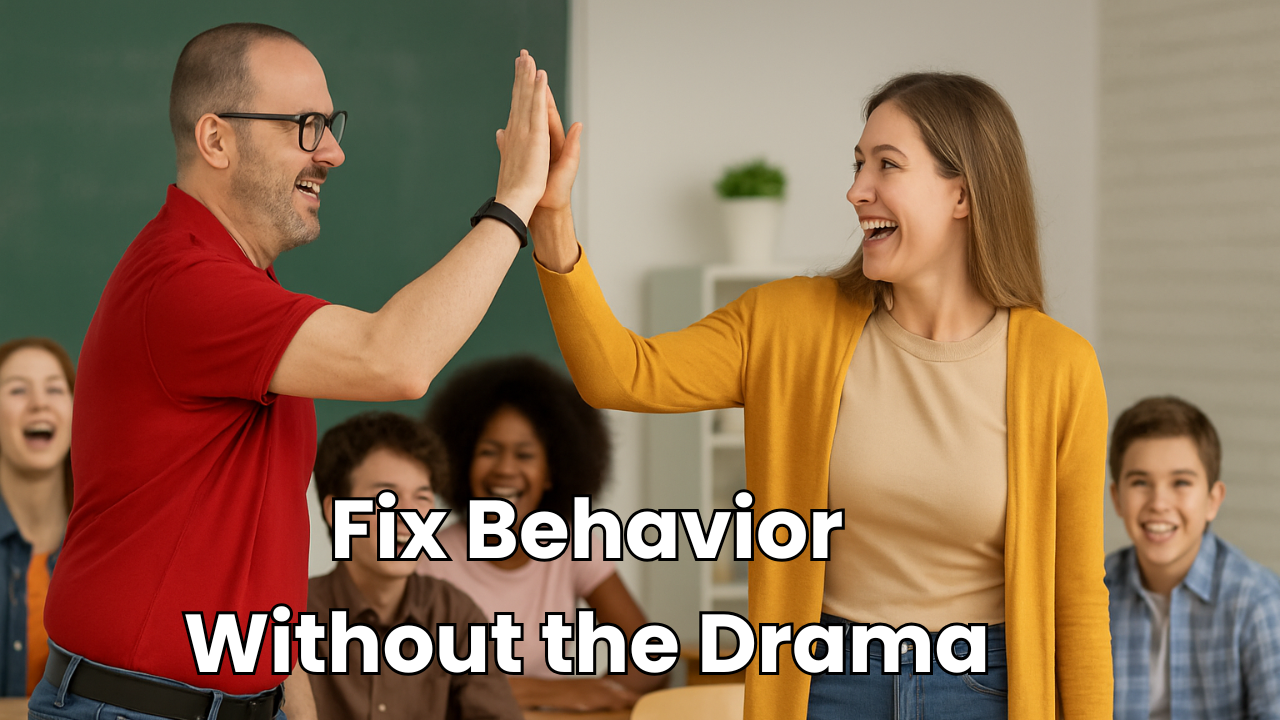
Traditional homework—the repetitive grammar drills, fill-in-the-blank exercises, and rote memorization—can often feel disconnected from real-world communication. Language learning, at its core, is about connection and communication. So why not design homework assignments that bring students closer to that goal? In this article, we’ll explore actionable strategies to replace outdated methods with proficiency-based tasks that are engaging, meaningful, and aligned with real-world language use. These simple, effective ideas will help teachers see results and give students the skills they need to thrive as language users.
Why Ditch the Drills?
Traditional grammar drills have their place in controlled practice, but they’re not enough to prepare students for real-world communication. Students often find these assignments tedious, and they fail to bridge the gap between learning about a language and actually using it. Proficiency-based tasks, on the other hand, focus on authentic communication, fostering fluency, and building confidence. They bring the language to life in ways that drills simply can’t.
Here are five strategies to help you reimagine homework and make it more impactful for your students.
1. Shift Homework to Real-World Scenarios
One of the most effective ways to engage students is to make homework relevant to situations they’ll encounter outside the classroom. Real-world tasks encourage practical language use and show students how their learning applies to everyday life.
Concrete Strategies:
- Interactive Dialogues: Have students create a dialogue for a common situation, such as ordering food, asking for directions, or introducing themselves at a social gathering. Students can write the script, record it, or even perform it for classmates.
- Example: "Imagine you’re at a café in Spain. Write a conversation between you and the server. Include greetings, questions about the menu, and how to ask for the check."
- Task-Based Journaling: Assign students to write short reflections on their day or week in the target language. Encourage them to focus on practical vocabulary related to their daily routines.
- Example: "Describe three things you did today. Use past tense if possible, and add one thing you plan to do tomorrow."
- Digital Interaction: Direct students to interact with teacher-approved social media content in the target language. This could include leaving a comment on a YouTube video, responding to a tweet, or writing a short review of a song.
- Example: "Watch this 2-minute video in Spanish and leave a one-sentence comment using vocabulary we’ve learned this week."
2. Incorporate Authentic Resources
Using real-world materials not only immerses students in the language but also exposes them to cultural nuances. Authentic resources like news articles, recipes, and podcasts provide meaningful context and spark curiosity.
Concrete Strategies:
- News Headlines: Assign students to read or watch a short news segment and summarize the key points in the target language. You can guide them with specific questions to answer.
- Example: "Read this news article about a recent event. What happened, who was involved, and where did it take place? Write a three-sentence summary."
- Recipe Translations: Share a simple recipe written in the target language and have students recreate it at home. They can document their process with photos or a short video and describe the steps in writing.
- Example: "Follow this recipe for ‘tortilla española.’ Write or record a step-by-step explanation in Spanish as you make it."
- Cultural Exploration: Introduce students to music, short films, or podcasts in the target language. Have them identify key phrases, themes, or cultural references.
- Example: "Listen to this song and write down three phrases you understand. What do you think the song is about?"
3. Promote Speaking and Listening Practice
Speaking and listening are essential for language acquisition, yet they’re often neglected in homework assignments. Proficiency-based tasks can help students build these skills without feeling overwhelmed.
Concrete Strategies:
- Video Logs: Ask students to record a 1-2 minute video describing their day, sharing an opinion, or narrating a favorite memory. This helps them practice fluency and build confidence.
- Example: "Record a short video where you describe what you usually do on weekends. Try to use at least five vocabulary words from this week’s lesson."
- Listening Logs: Assign students a short podcast or video and provide comprehension questions to guide their listening.
- Example: "Listen to this 2-minute podcast and answer: Who is speaking? What is the main topic? What details did you understand?"
- Role-Playing Scenarios: Pair students to practice real-life interactions via language apps or video calls. They can record their role-play and submit it for feedback.
- Example: "Imagine you’re calling a hotel to make a reservation. Record a conversation with a classmate playing the hotel staff."
4. Focus on Creative, Student-Generated Content
When students create content, they take ownership of their learning and engage more deeply with the material. Creative tasks are also a fun way to showcase progress.
Concrete Strategies:
- Photo Stories: Have students take photos of daily activities and create captions or short narratives in the target language.
- Example: "Take three photos of your favorite places. Write one sentence in French to describe each photo."
- Mini-Presentations: Assign students to create a simple slideshow on a topic they love, such as a favorite hobby or dream vacation, and narrate it in the target language.
- Example: "Create a 5-slide presentation about your favorite animal. Write a short description in German for each slide."
- Custom Vocabulary Games: Let students design a vocabulary game, such as a Kahoot! quiz or matching cards, to review key words with their peers.
- Example: "Create a game using 10 vocabulary words from this unit. Be ready to share it with the class."
5. Build Connections Through Collaborative Projects
Collaborative tasks encourage interaction and foster a sense of community while reinforcing language skills. These projects can involve peers, family, or the broader community.
Concrete Strategies:
- Family Interviews: Ask students to interview a family member or friend about a shared experience and translate it into the target language.
- Example: "Interview a family member about a trip you took together. Write their answers in Spanish."
- Peer Conversations: Use language apps like Flipgrid to assign partner work. Students can record and respond to each other’s videos, practicing conversation skills.
- Example: "Post a 1-minute video introducing yourself in Italian. Respond to two classmates’ videos with a question."
- Community Tasks: Encourage students to participate in a cultural event or volunteer activity where the target language is spoken. They can reflect on the experience in writing or a class discussion.
- Example: "Attend a local cultural festival and write about one thing you learned in the target language."
Conclusion: Homework That Builds Proficiency
By ditching traditional drills and embracing proficiency-based homework tasks, you can help your students develop real-world language skills, engage more deeply with the material, and gain confidence in their abilities. The strategies outlined here are easy to implement and offer quick wins for both teachers and students.
If you’re looking for more ideas to elevate your language teaching, join us at COMPREHENDED! 2025, the ultimate conference for language educators. With sessions designed to simplify proficiency-based instruction, you’ll gain practical tools to transform your classroom. Register today at https://imim.us/conference and take your teaching to the next level!
5 Key Takeaways
- Homework Should Reflect Real Life: Replace traditional drills with tasks that mimic real-world scenarios, such as dialogues, journaling, and digital interactions.
- Use Authentic Resources: Incorporate news articles, recipes, and cultural materials to make homework engaging and contextually rich.
- Focus on Speaking and Listening: Assign video logs, listening tasks, and role-playing activities to build oral and auditory skills.
- Encourage Creativity: Let students create photo stories, presentations, and games to take ownership of their learning.
- Foster Collaboration: Design projects that involve peers, family, or community to strengthen communication skills and build connections.



